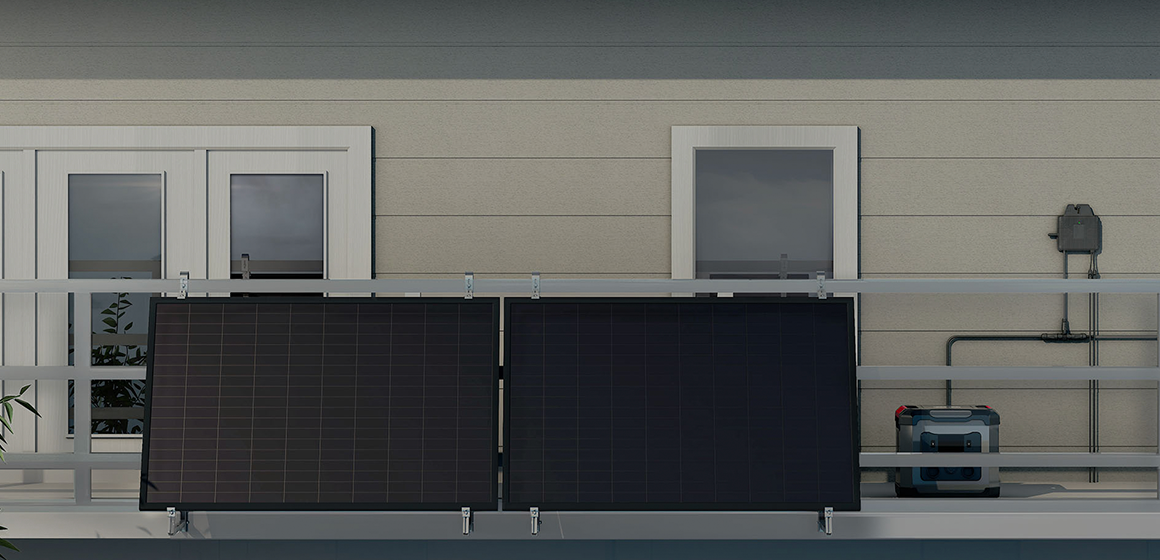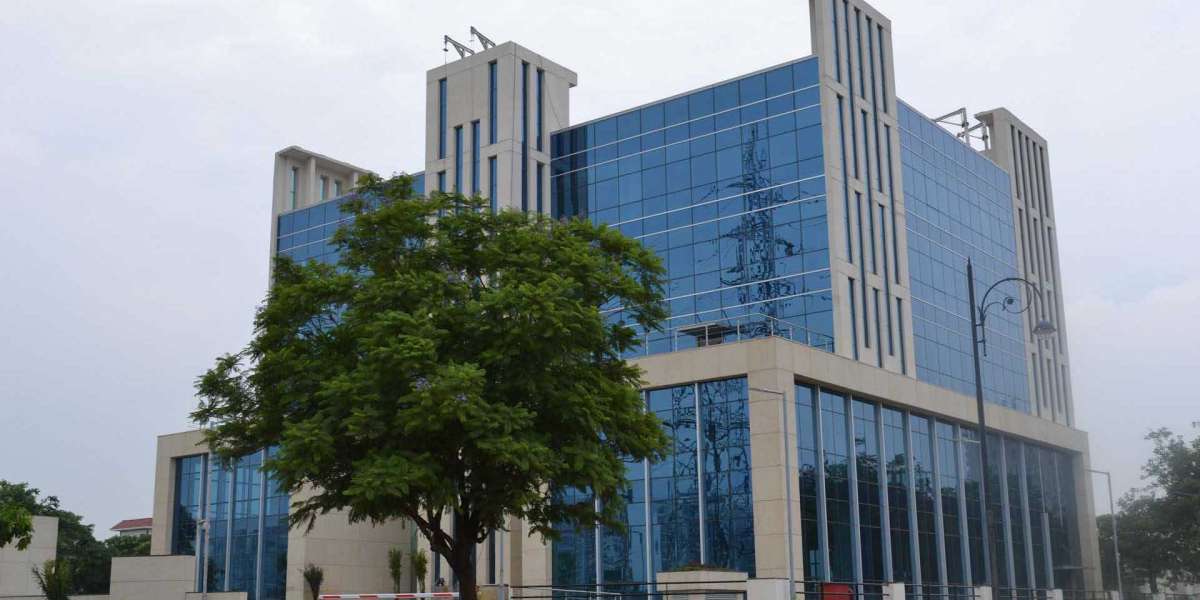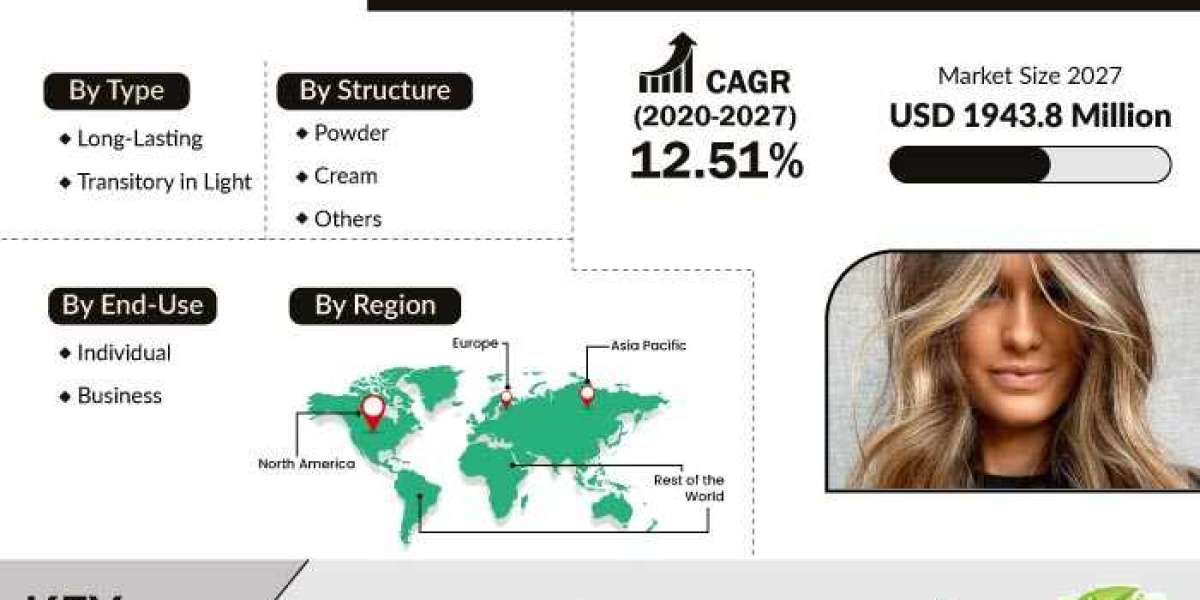In recent years, the demand for innovative solar power technology has surged, driven by the need for sustainable energy solutions. Among the most exciting advancements in this field are bifacial solar panels, which utilize dual-sided technology to enhance energy efficiency. But what exactly are bifacial solar panels, and how do they work?

Understanding Bifacial Solar Panels
Bifacial solar panels are designed to capture sunlight on both sides, allowing them to harness reflected light from the ground and surrounding surfaces. This innovative approach can significantly increase energy output compared to traditional monofacial panels. In fact, studies have shown that bifacial panels can produce up to 30% more energy under optimal conditions. This remarkable efficiency is a game-changer in the realm of innovative solar power technology.
Key Benefits of Bifacial Technology
- Increased Energy Production: By capturing sunlight from both sides, bifacial panels maximize energy generation.
- Durability: These panels are often built with robust materials, making them more resistant to environmental factors.
- Lower Levelized Cost of Energy (LCOE): The enhanced efficiency can lead to lower costs per watt, making solar energy more accessible.
- Environmental Impact: The use of bifacial technology contributes to a reduction in carbon emissions, aligning with global sustainability goals.
How Bifacial Panels Work
The operation of bifacial solar panels hinges on their ability to capture light from both sides. When sunlight hits the front side, it generates electricity through photovoltaic cells. Meanwhile, light that reflects off the ground or nearby surfaces is captured by the rear side, further boosting energy output. This dual-sided functionality is particularly effective in environments with high albedo, such as snowy or sandy areas.
Installation Considerations
While bifacial panels offer numerous advantages, their installation requires careful planning. Factors such as tilt angle, height, and the type of mounting system can influence their performance. For optimal results, consider the following:
- Choose a location with high reflectivity to maximize rear-side energy capture.
- Ensure proper spacing between panels to avoid shading.
- Utilize tracking systems to follow the sun’s path for enhanced efficiency.
The Future of Solar Energy
As the world shifts towards renewable energy sources, the adoption of innovative solar power technology like bifacial solar panels is expected to grow. This technology not only enhances energy efficiency but also supports the global transition to sustainable energy solutions. For more information on the latest advancements in solar technology, visit  .
.
In conclusion, bifacial solar panels represent a significant leap forward in solar energy technology. Their ability to harness light from both sides makes them a compelling choice for those looking to maximize energy production while minimizing environmental impact. As we continue to innovate and improve solar technologies, the future of energy looks brighter than ever.








